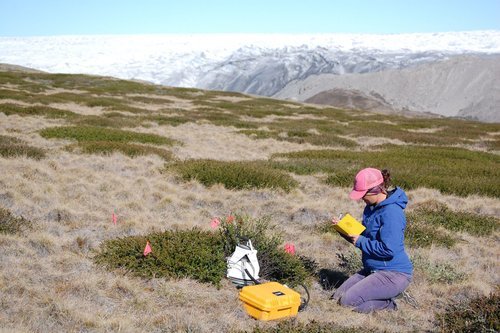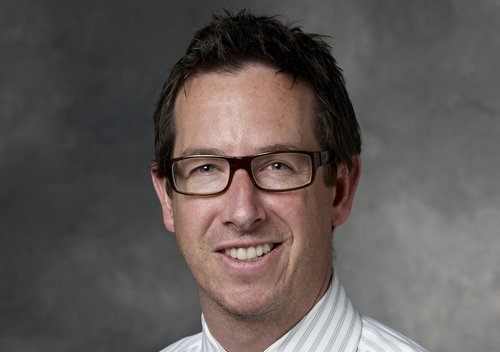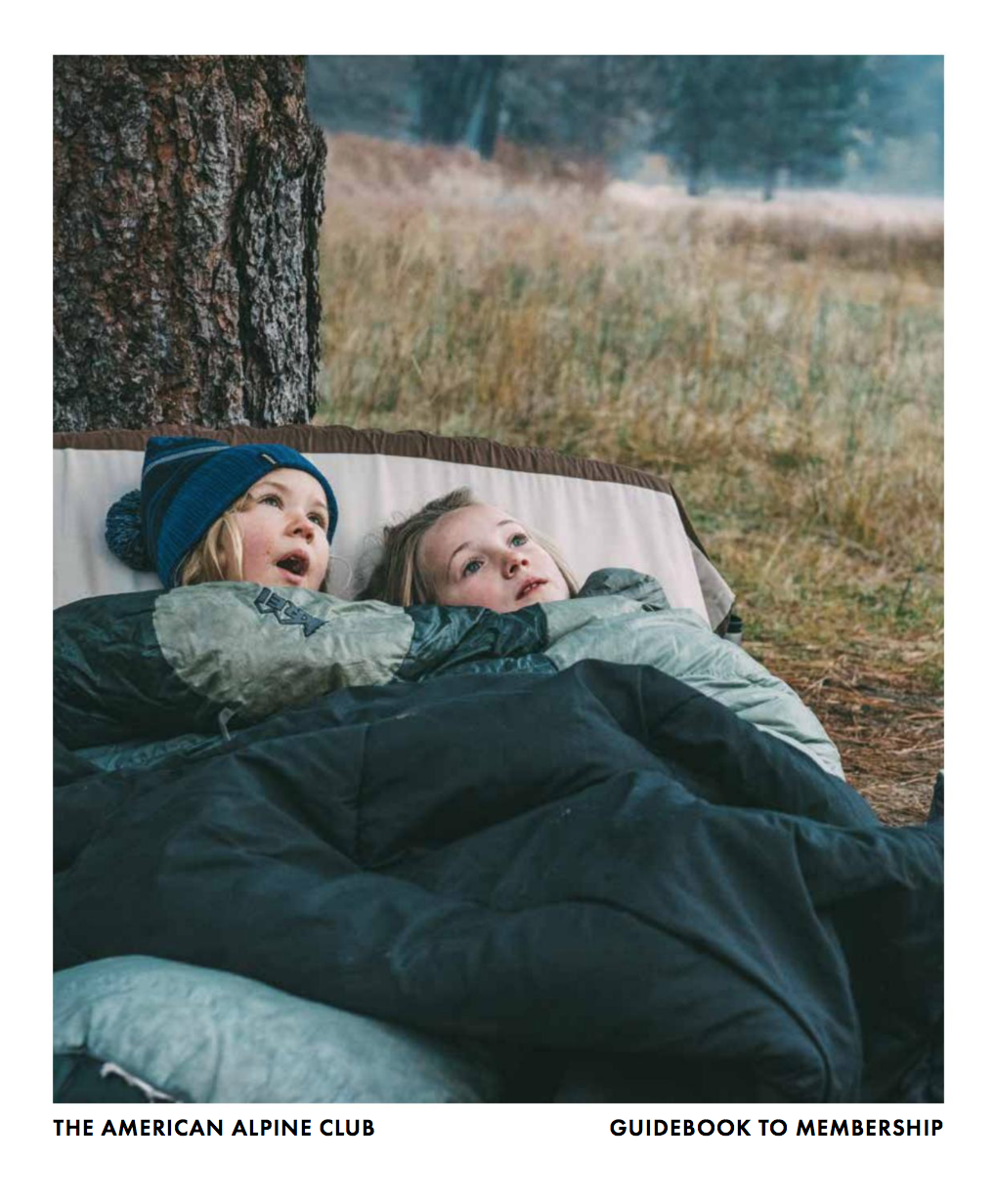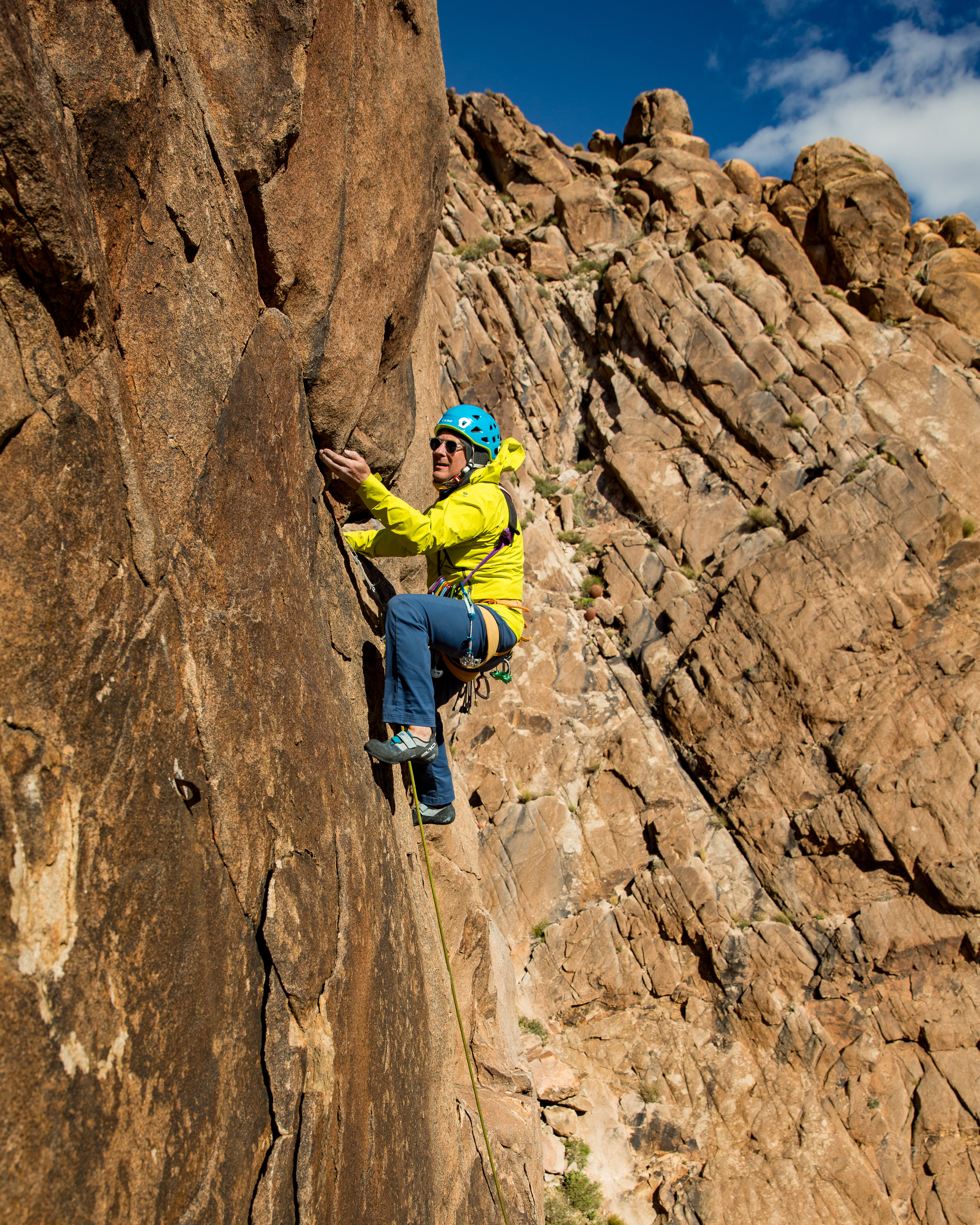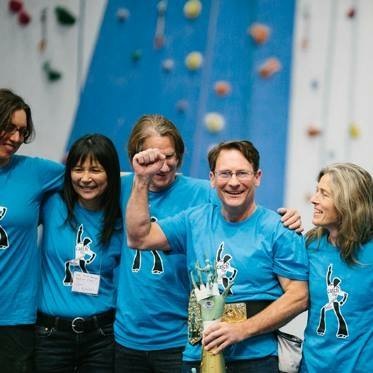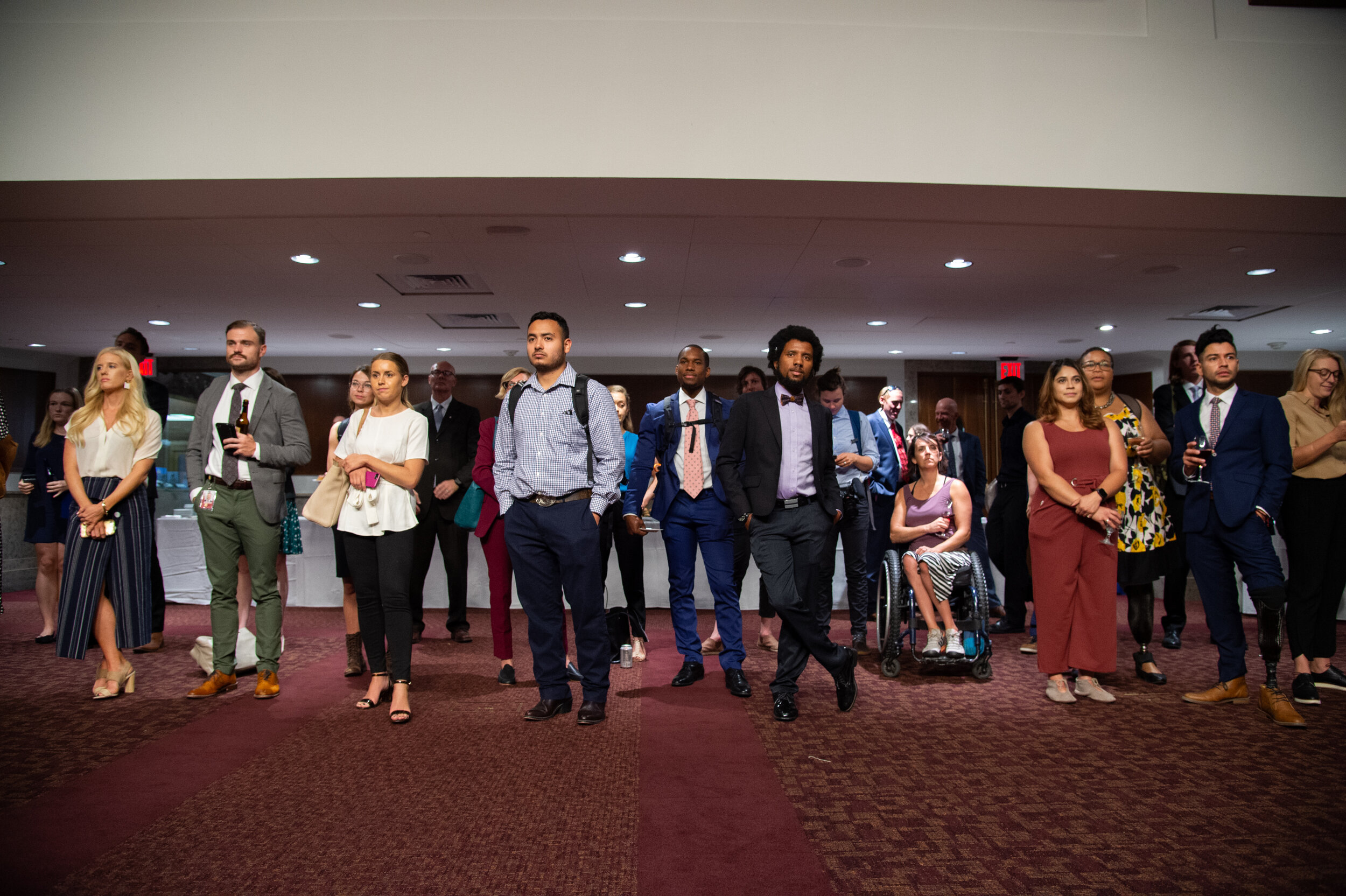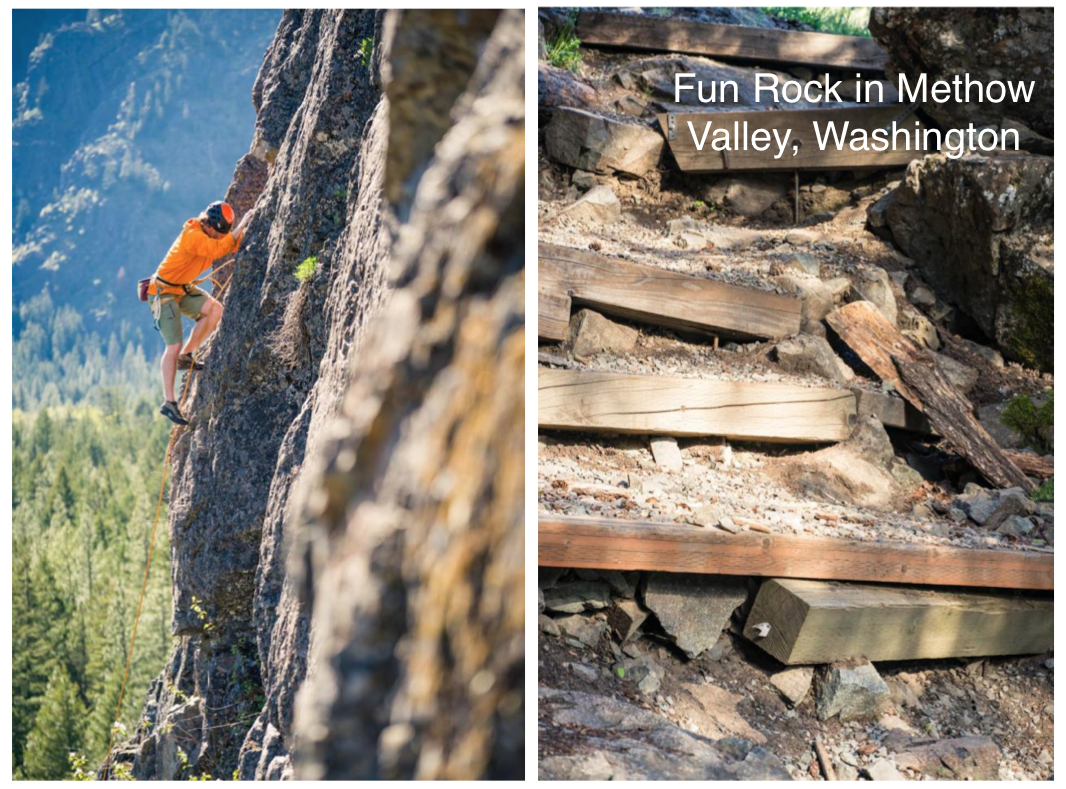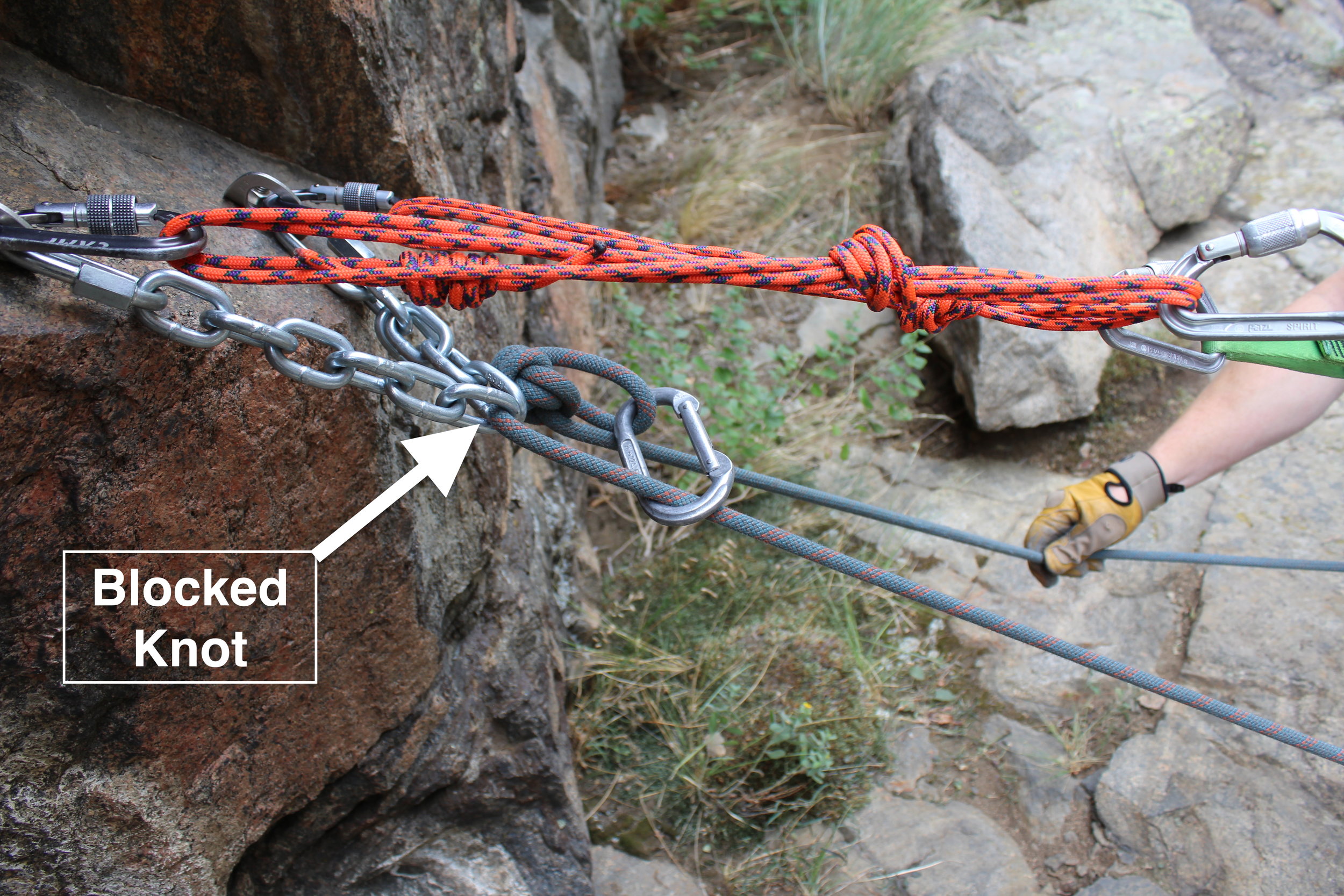December 5, 2019, Golden, CO—The American Alpine Club will host the 2020 Annual Benefit Dinner (ABD) weekend March 13-15, 2020 in Denver, Colorado. Since 1902, the Annual Benefit Dinner has served to convene the climbing community and garner support for the Club’s work around the protection of our wild places.
“Reductions to public lands generally lead to irreversible change. With climbing’s continued growth there is a tremendous amount of work that still needs to be done to protect and preserve our climbing landscapes,” stated AAC CEO Phil Powers. “It’s important to me that my final dinner at the helm sets the Club up to continue this hard work.”
This year’s ABD will be presented by Patagonia and will feature a keynote by Kris McDivitt Tompkins, Former CEO of Patagonia and current president of Tompkins Conservation. Kris is a longstanding defender of wild places and a true champion for the planet.
Kris will speak March 14, 2020, at the Denver Center for the Performing Arts (1101 13th St, Denver, CO 80204). She and her late husband Doug Tompkins turned millions of acres across Chile and Argentina into National Parks in an effort to restore and re-wild landscapes. Most recently, Kris completed the largest private land donation in history, with over one million acres going towards creating or expanding ten national parks in Chile. To date, Tompkins Conservation has helped conserve more than 14.2 million acres.
The Annual Benefit weekend festivities will kick off Friday, March 13, at 6pm with the Send ‘n’ Social at Movement RiNo (3201 Walnut St, Denver, CO 80205). The Send ‘n’ Social includes games, libations, and a celebrity climbing competition. Saturday morning’s special panel discussions and presentations at the Hilton Denver City Center will be informational and inspiring sessions on topics ranging from public land issues to climate change. All weekend festivities surrounding the Dinner are open to the public.
The main event of the weekend—the Annual Benefit Dinner—begins at 6pm on the 14th. In addition to Kris' keynote address, the AAC will honor climbers with the 2020 Climbing Awards, enjoy dinner, a complimentary bar, and silent and live auctions. Climbing Awardees will be announced January 2020. To learn more or buy tickets for this rare opportunity to hear from Kris McDivitt Tompkins, visit: americanalpineclub.org/annual-benefit-dinner
About the American Alpine Club
The American Alpine Club is a 501(c)(3) charitable organization whose vision is a united community of competent climbers and healthy climbing landscapes. Together with our members, the AAC advocates for American climbers domestically and around the world; provides grants and volunteer opportunities to protect and conserve the places we climb; hosts local and national climbing festivals and events; publishes two of the world's most sought-after climbing annuals, the American Alpine Journal and Accidents in North American Mountaineering; cares for the world's leading climbing library and country's leading mountaineering museum; manages five campgrounds as part of a larger lodging network for climbers; and annually gives $80,000+ toward climbing, conservation, and research grants that fund adventurers who travel the world. Learn about additional programs and become a member at americanalpineclub.org.













